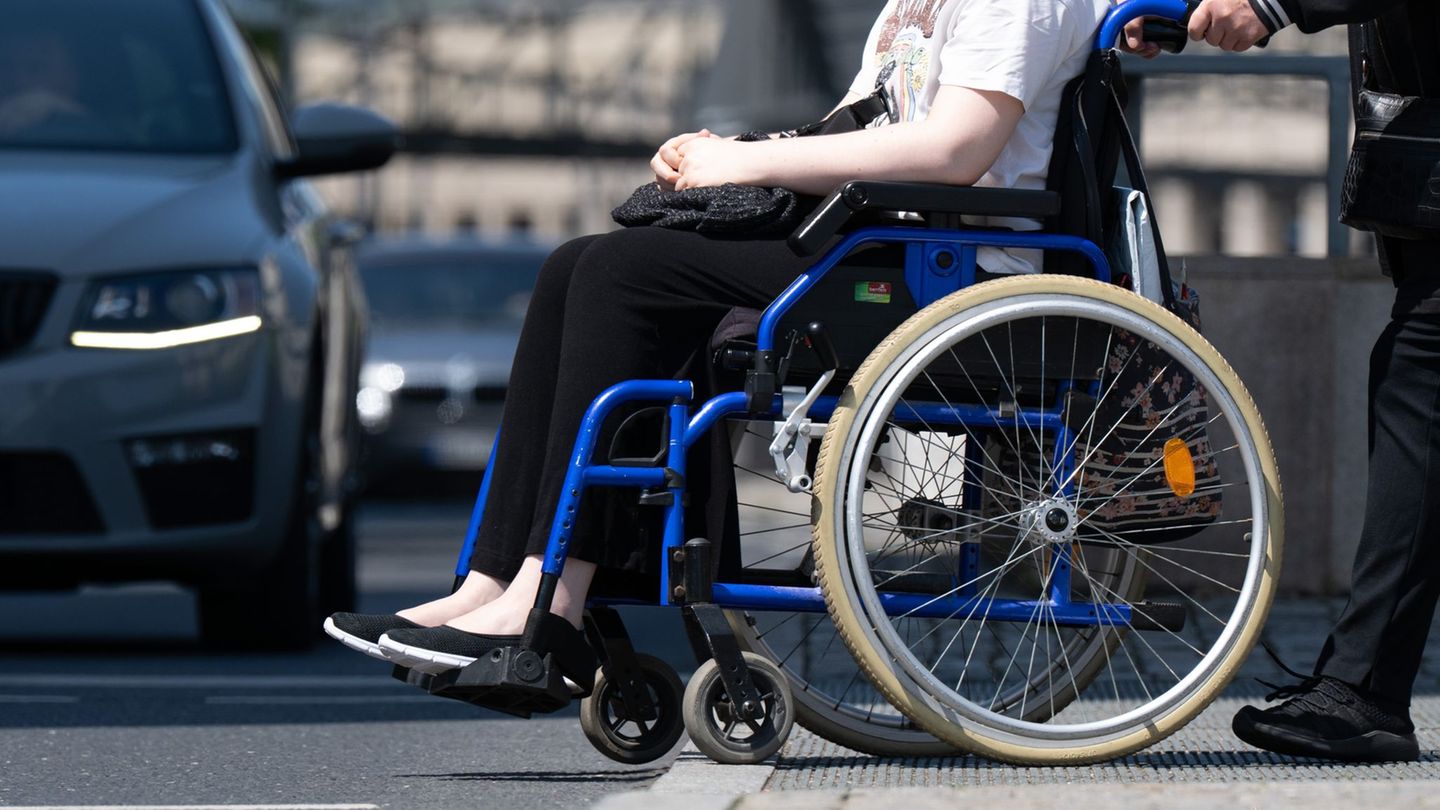I have been working in the news industry for over 6 years, first as a reporter and now as an editor. I have covered politics extensively, and my work has appeared in major newspapers and online news outlets around the world. In addition to my writing, I also contribute regularly to 24 Hours World.
Menu
People with disabilities: The majority of cities are in inclusion
Categories
Most Read
Conscription by lottery? This is how Germans think about the lottery idea
October 21, 2025
No Comments
The situation at a glance: Trump before the planned summit: Don’t believe in Ukraine’s victory
October 21, 2025
No Comments
Situation at a glance: Trump insists on maintaining the Gaza ceasefire
October 21, 2025
No Comments
Punishment in the Libya affair: Imprisonment for ex-President Sarkozy: What awaits him in La Santé
October 21, 2025
No Comments
Trump has parts of the White House torn down for his ballroom
October 21, 2025
No Comments
Latest Posts

New revelations increase pressure on Prince Andrew
October 21, 2025
No Comments
According to the latest revelations, Andrew could also lose his title of prince. Virginia Giuffre died in April of this year. The royal family –

Power supply: Electricity prices too high in winter? Authorities submit report
October 21, 2025
No Comments
Power supply Electricity prices too high in winter? Authorities submit report Copy the current link Add to watchlist At the end of 2024, electricity prices

Champions League: “A stroke of luck” Kompany and a Belgium duel with history
October 21, 2025
No Comments
PierceI am Pierce Boyd, a driven and ambitious professional working in the news industry. I have been writing for 24 Hours Worlds for over five
24 Hours Worlds is a comprehensive source of instant world current affairs, offering up-to-the-minute coverage of breaking news and events from around the globe. With a team of experienced journalists and experts on hand 24/7.

